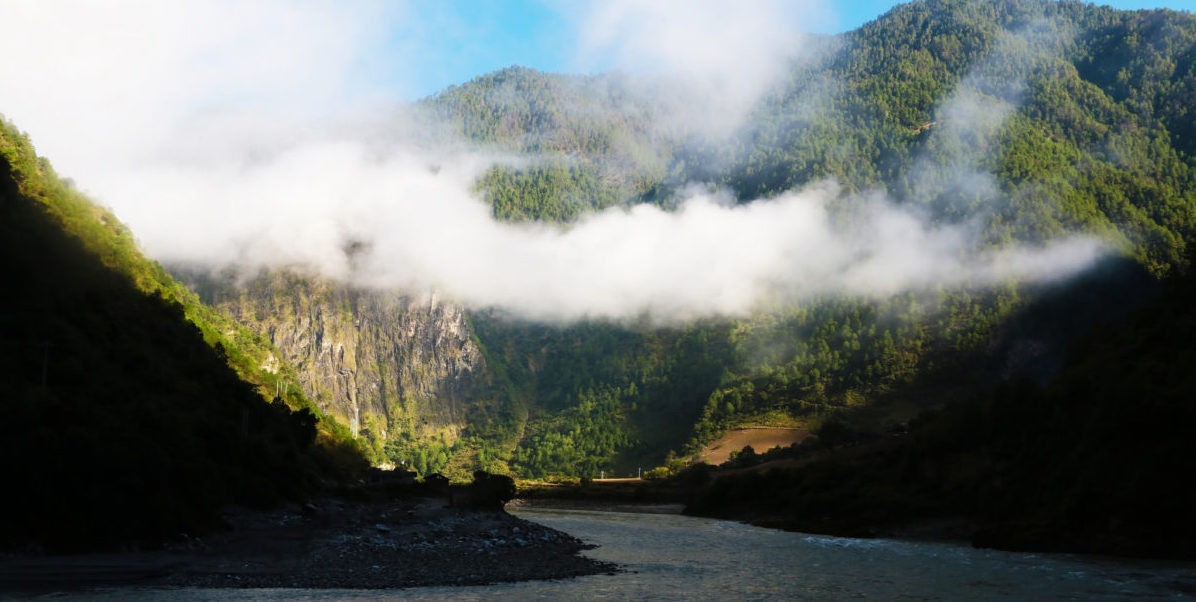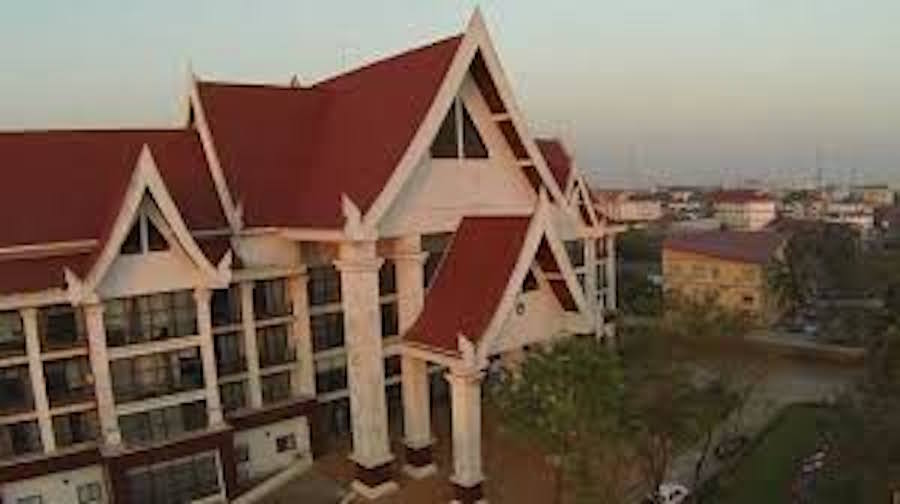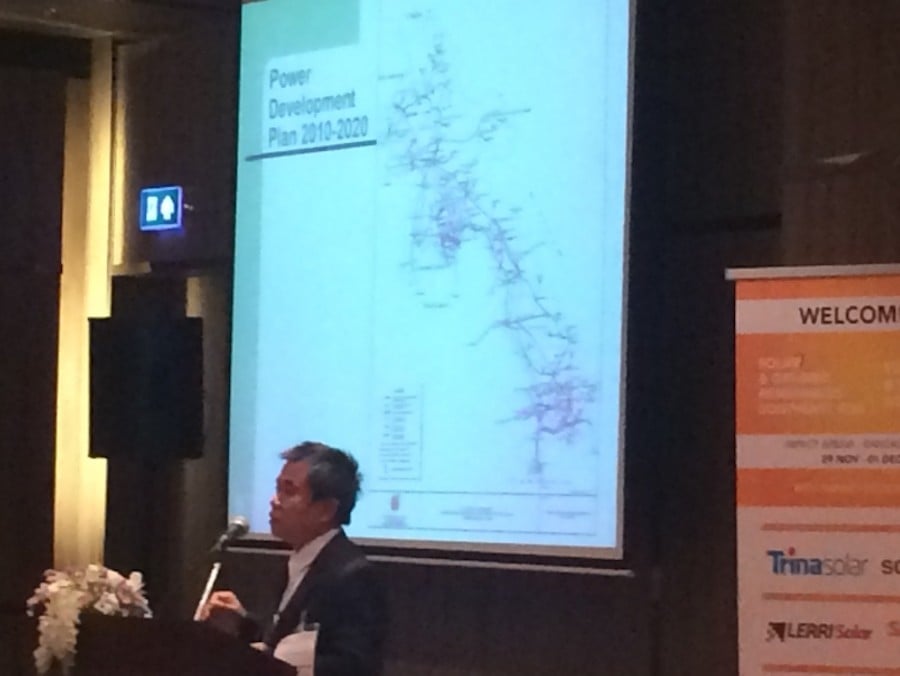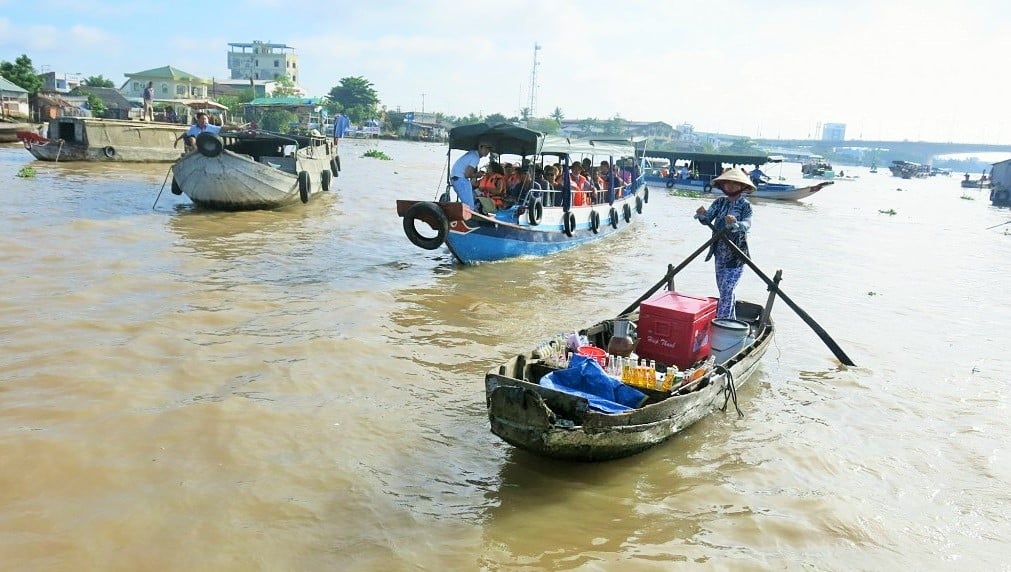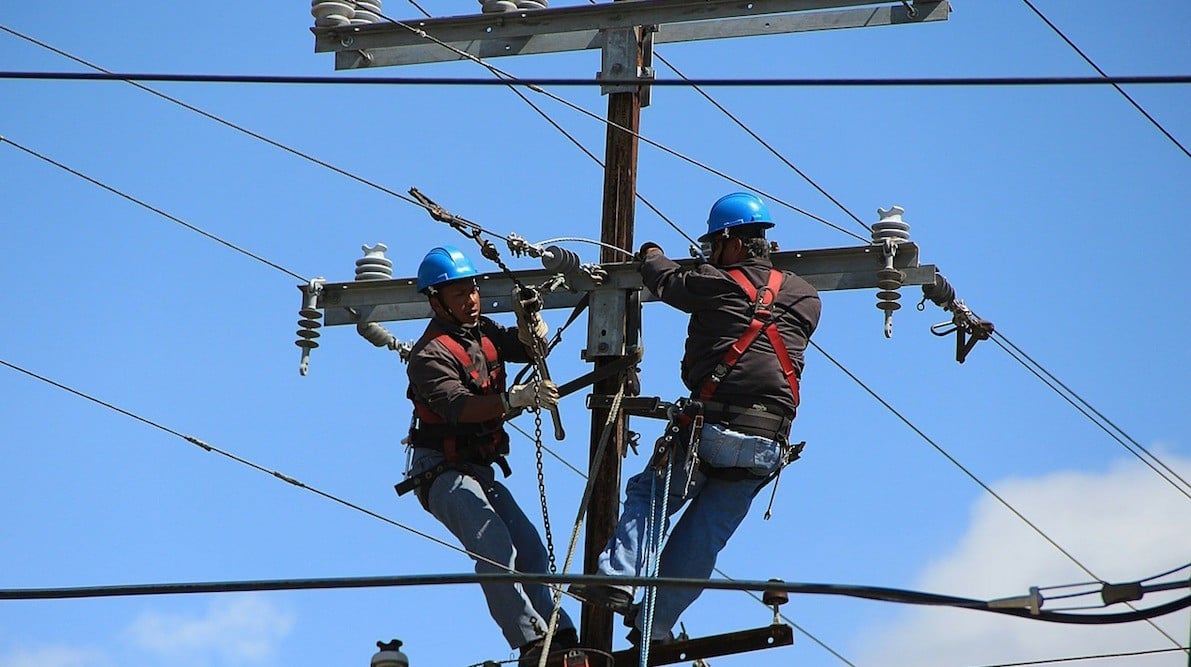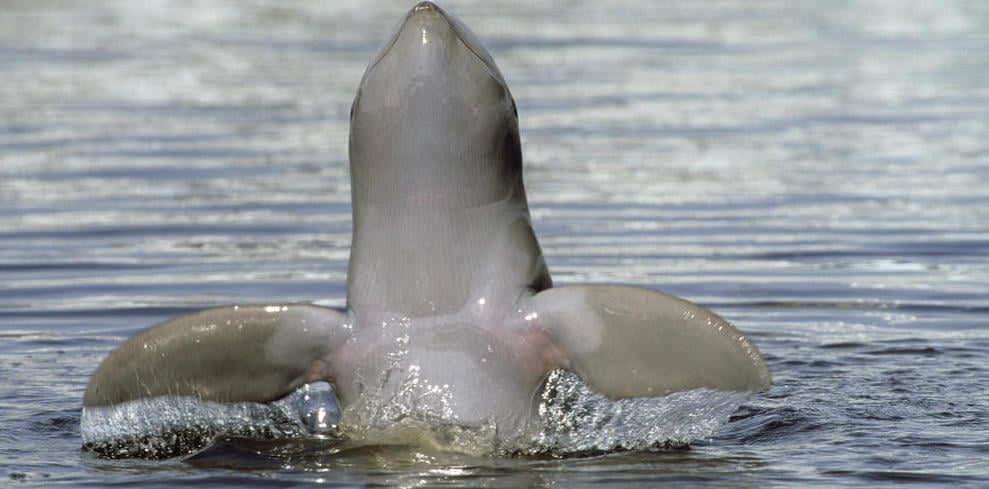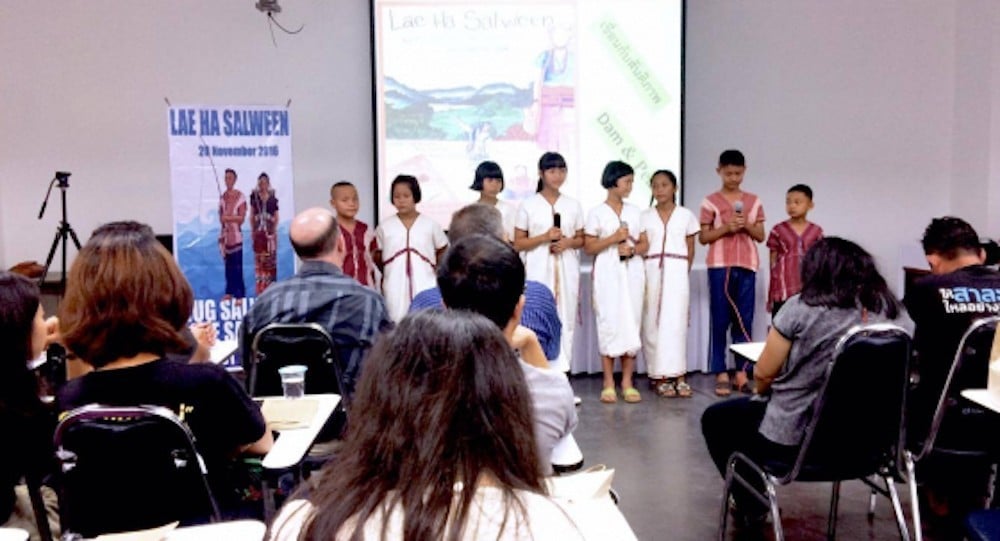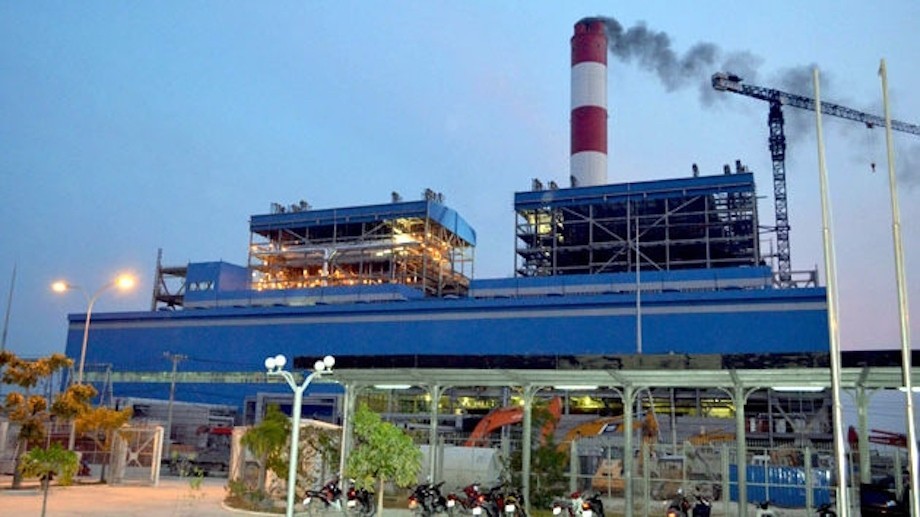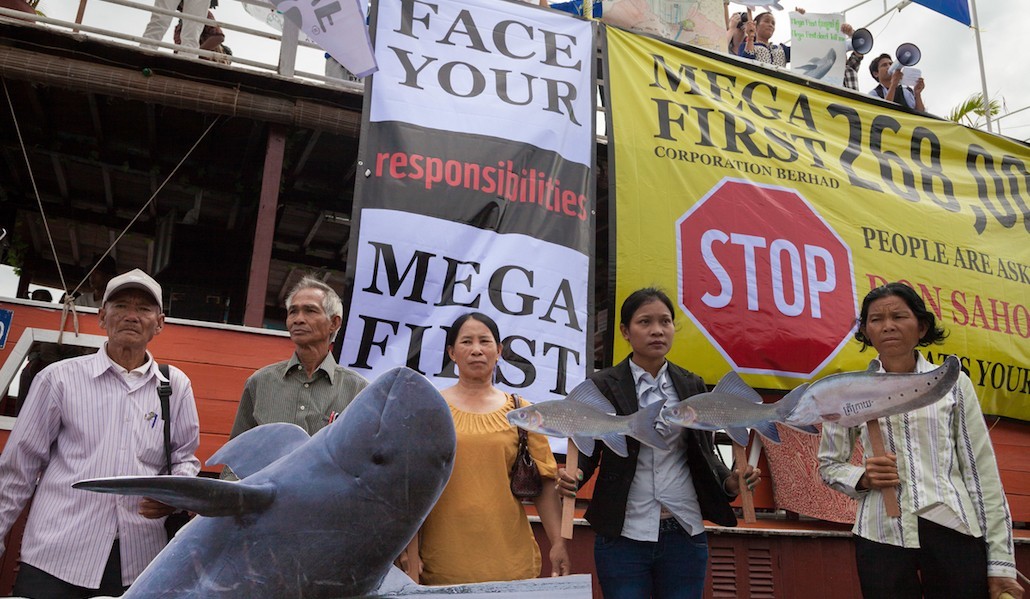It’s difficult to encapsulate, as an outsider, how significant the Salween is in the hearts, minds and identities of the ethnic communities who live in its watershed. “From the Land of Green Ghosts,” Pascal Khoo Htwe’s autobiographical account of life in conflict-ridden eastern Myanmar is flecked through with references to the “legendary River Salween,” the river he refers to as “an old friend or a lover.” Meeting with Salween riverine communities in Myanmar today, Pascal Khoo Htwe’s depiction of his relationship with the river burns strong – they still talk about it all the time.
Tag: energy
Sweden Pledges $5.3M to Mekong River Body
As bitter protests continue over ongoing Mekong River dam projects, Sweden has pledged $5.3 million to a controversial multinational body monitoring development in the basin.
The funding—to be disbursed over the next four years—will promote sustainable hydropower in the Mekong River basin, the Mekong River Commission (MRC) said in a press release.
Solar progress in Laos hindered by hydro focus
Household solar systems have taken hold in Laos, but PV deployment on a grand-scale is being held back by a focus on hydropower, according to delegates at the Solar & Off-Grid Renewables Southeast Asia Event in Bangkok.
Vietnam proposes transboundary water-resources management policy
At the November 20 session of the 24th APEC Summit, a high-ranking leader suggested developing agriculture in a sustainable manner in tandem with the effective use of natural resources, including cross-border management of water resources.
Data transparency project launched in Yangon
Innovation hub Phandeeyar on Tuesday launched an open data portal to encourage transparency and improve decision-making, as part of a Mekong-wide project.
Phandeeyar program manager Ko Thet Aung said the Open Development Myanmar site aims to use information and technology to promote development and support Myanmar’s transition process.
ASEAN insurance role in infrastructure financing
Insurance, known for its long-term nature, plays an essential role in supporting and sustaining economic growth in the ASEAN region. Beyond the traditional protection products, the insurance industry provides capital with a long-term investment horizon and generates opportunities for public-private partnerships in infrastructure projects that are instrumental to economic growth.
Endangered dolphins at risk as controversial Don Sahong dam takes shape
“When I was born, my grandparents told me, ‘The dolphins are special. If you see them, you will get good luck. If you capsize your boat, the dolphins will save you. You can trust them.’”
The young man in his 20s is standing on the bank of the Mekong River in a section that a small pod of the critically-endangered Irrawaddy dolphin calls home – a home which is about to sit next to perhaps the most divisive hydropower dam project in the region.
Opponents call for cancellation of Hat Gyi Dam
Representatives from 150 concerned communities in Shan and Karen states attended a seminar at Chiang Mai University on Sunday where Sunnee Chiros, a former Thai human rights commissioner, presented a study she had done, which found that the dam’s environmental impact assessment process was flawed.
The group statement said the Myanmar government should abandon all dam projects on the Salween and pursue sincere peace talks in the region.
It said the Hat Gyi Dam would destroy the environment, harm people’s livelihoods and threaten regional peace, and urged people to campaign for power generated by environmentally friendly technologies.
Amid environmental concerns, stricter supervision of coal-fired power plants is needed
Another 12 plants under construction are scheduled for completion between now and 2020, causing growing concerns over environmental safety, especially in regards to ash disposal and air quality standards.
The Ministry of Industry and Trade (MOIT) has confirmed that all coal-fired power plants have submitted their environmental assessment reports to the Ministry of Natural Resources and Environment.
Open Letter to the Developers of the Don Sahong Dam
The Save the Mekong coalition has expressed concerns over the development of the Don Sahong Dam in Champassak Province, Lao P.D.R. The network, consisted of communities, local and international environmental groups, reiterates their concern over the construction of the Don Sahong Dam due to its location in an area critical to Mekong fish migration, the potential impacts of the project on regional fisheries are severe. They stress that food security of thousands of people in the Mekong Basin is dependent on many of the migratory fish species which have traditionally passed through the Hou Sahong channel. The also claim inadequate information has been made available to date regarding the scale and scope of the project’s impacts, the ongoing studies and monitoring efforts that are informing the project’s ‘adaptive and flexible approach’ to mitigation, and confirmation of the implementation and efficacy of the project’s mitigation measures.


